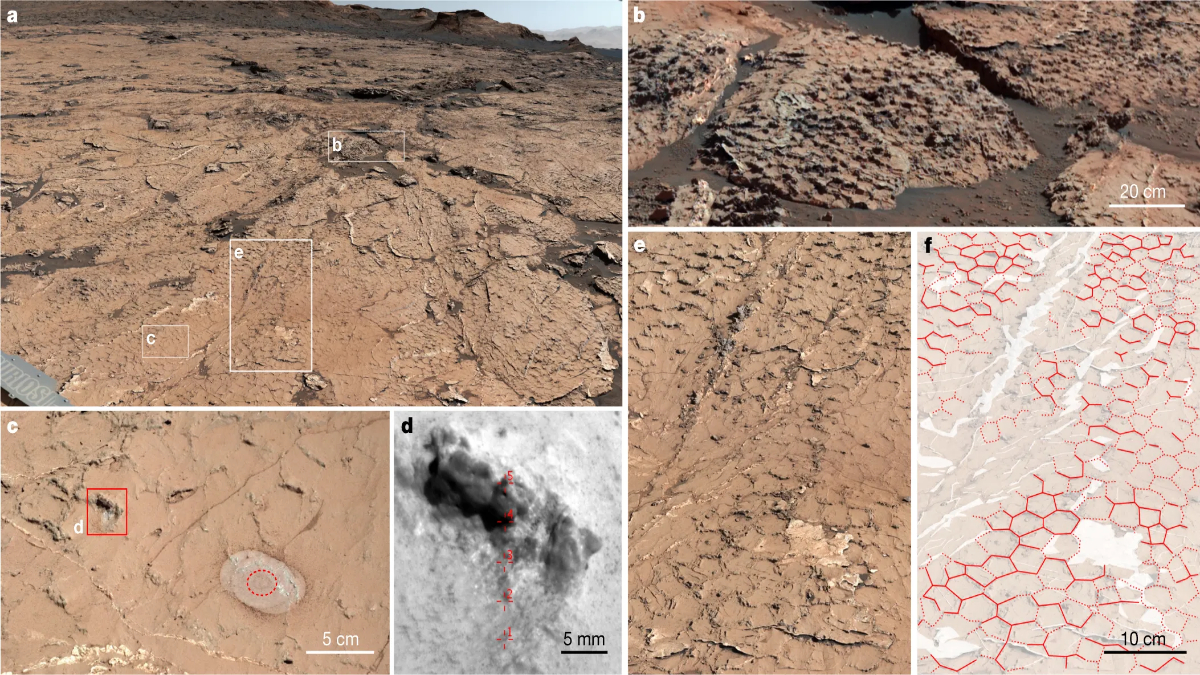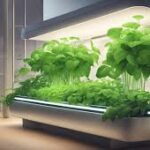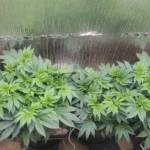How Plants Grow: A Fun Guide to the Magic of Nature

How plants grow ever wondered how a tiny seed becomes a giant tree? Discover the amazing process of plant growth, from roots to flowers! Introduction: How Plants Grow Welcome to the captivating world of plant growth! Whether you’re a seasoned ...
Read more
How Many Plants Are There? Exploring the World’s Plant Diversity

Ever wondered just how many plant are there? Get the answer, plus fun facts and insights into the amazing world of plant life. Plant Photosynthetic eukaryotes in the kingdom Plantae Number of Species Approximately 380,000 known species Role in Ecosystem ...
Read more
New evidence that Mars was Earth-like

Scientists uncover remarkable clues suggesting Mars may have once closely resembled Earth, challenging our understanding of the Red Planet’s history.pen_spark Introduction-Mars Recent scientific discoveries have provided compelling evidence that ancient Mars may have had an environment similar to Earth, with ...
Read more









